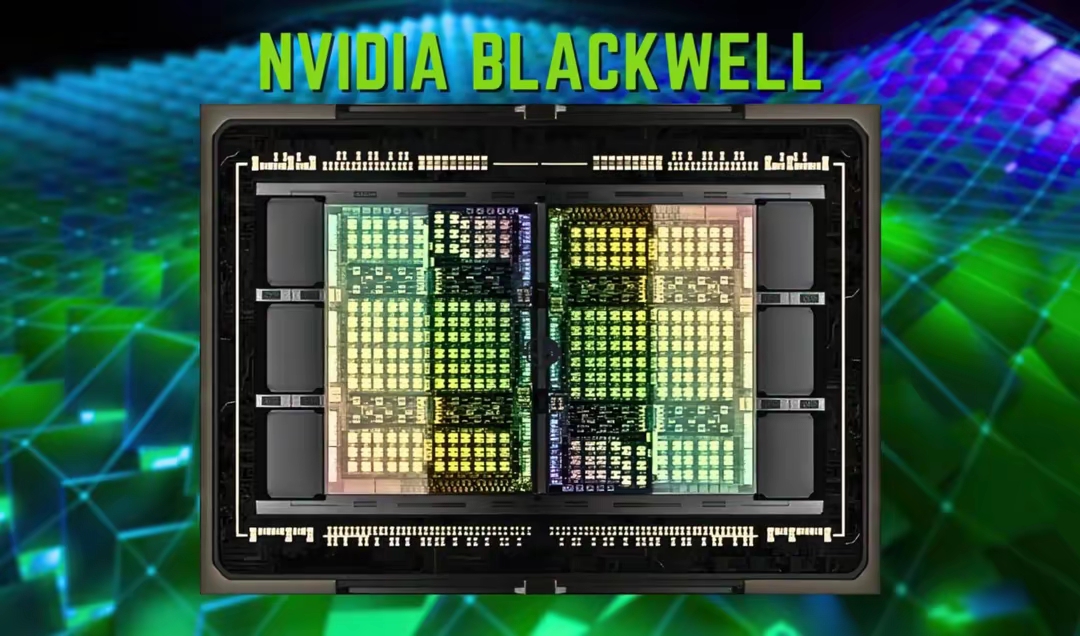
As a giant in the global chip industry, Nvidia's every move is closely watched. Recently, Nvidia's strict investigation into the flow of chips and other activities from Southeast Asia to China has been seen by some as a "self defeating martial arts" move, with complex reasons and far-reaching impacts behind it.
1、 Dealing with US export policy restrictions
The export control policy of the United States is an important external factor contributing to Nvidia's self destructive strategy. The US government has implemented strict restrictions on the export of high-end chips to China in order to maintain its dominant position in the global chip market and for geopolitical considerations.
NVIDIA's high-performance chips such as A100/H100 and subsequent restricted version chips such as A800/H800 have been included in the banned list. In order to comply with US export policies and avoid facing more severe sanctions, Nvidia had to restrict and adjust the performance of its chips to meet export control requirements, which to some extent weakened its competitiveness in the high-end chip market and prevented its originally leading technological advantages from being fully utilized, like a self defeating weapon.
2、 The helpless act of maintaining one's own market position
The Chinese market is one of Nvidia's important sources of revenue, but in recent years, the rise of local chip manufacturers in China has brought tremendous competitive pressure to Nvidia. Domestic chip manufacturers such as Huawei, Cambricon, and Kunlun Chip have continuously made breakthroughs in technology research and market promotion, and have been able to meet some of the domestic market demand in specific fields, gradually eroding Nvidia's market share. In this context, Nvidia is rigorously investigating the flow of chips to Southeast Asia, attempting to crack down on gray market transactions in order to increase sales of its restricted version chips in the Chinese market and maintain its market position. At the same time, this is also a potential counterattack against China's anti-monopoly investigation. China's previous anti-monopoly investigations in some technology fields may also be one of the factors that prompted Nvidia to take this action. Nvidia may hope to respond to China's anti-monopoly pressure and safeguard its own interests by controlling the flow of chips.
3、The negative impact of Nvidia's' self deprecating martial arts'
Weakened technological advantage: Nvidia's limitations on chip performance have greatly reduced its competitiveness in the high-end computing market. Originally, its chips had unparalleled advantages in areas such as AI model training, industrial intelligence, and supercomputing. However, the performance of limited versions of chips can no longer meet the high-end computing needs of some large customers, leading some customers to seek products from other suppliers, which poses a threat to Nvidia's market share and technological leadership.
Losing market share: China, as one of the world's largest chip consumer markets, is crucial for Nvidia's business development. However, its "self defeating martial arts" strategy may lead to a gradual decline in its market share in China. With the continuous development of domestic chips and the enhancement of substitution effects, if Nvidia fails to adjust its strategy in a timely manner and restore its chip performance advantages, it may face the risk of being marginalized in the Chinese market.
Global market landscape changes: Nvidia has a huge influence in the global chip market, and its strategic decisions not only affect its own development, but also have a profound impact on the global chip market landscape. If Nvidia's market share in China continues to decrease, it may trigger a reshuffle in the global chip market, and other competitors may take the opportunity to expand their market share, thereby changing the competitive landscape of the global chip market.
4、 China's Response and Development Opportunities
In the face of Nvidia's situation, China is also actively responding and welcoming some development opportunities. On the one hand, domestic chip manufacturers have accelerated their pace of technological research and product innovation, continuously improving the performance and quality of domestic chips, and gradually replacing imported chips On the other hand, the Chinese government strongly supports the development of the chip industry, providing a favorable development environment for chip companies and promoting collaborative innovation and ecological construction of the chip industry through a series of policy measures.

In December 2025, the US banking industry was once again shrouded in the shadow of risks.
In December 2025, the US banking industry was once again sh…
In December 2025, US President Trump signed an executive or…
Recently, the barometer of the US economy has shown unstabl…
Recently, the dispute over the digital services tax between…
Recently, the International Monetary Fund (IMF) and the Org…
A clear consensus has emerged in Europe's economic sphere: …